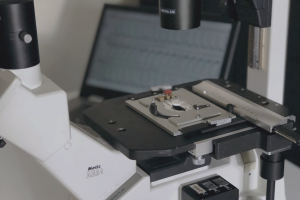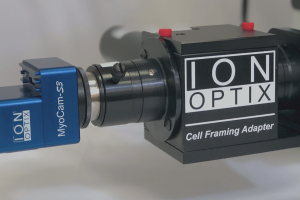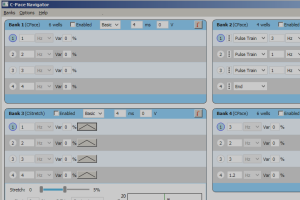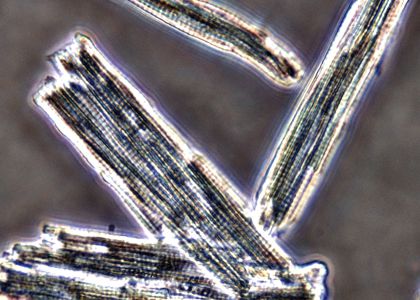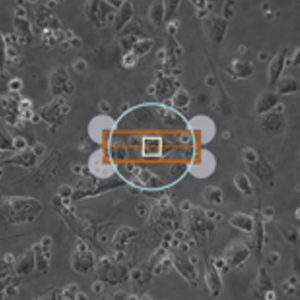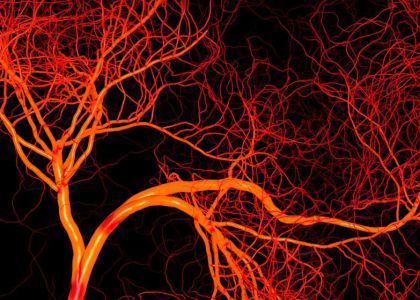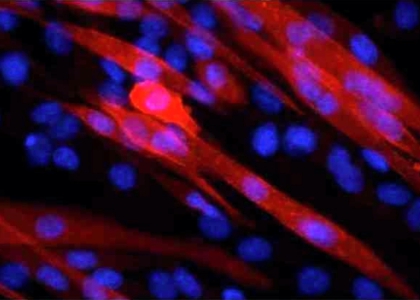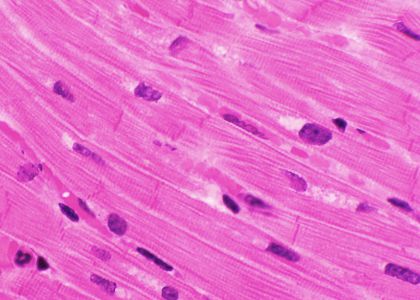ISOLATED MYOCYTES
Biochemical, molecular and hemodynamic changes can fundamentally alter the functionality of the cardiomyocyte, and hence understanding the regulatory factors in cardiomyocyte function is essential in the discovery and development of therapeutic interventions. Studies utilizing isolated cardiomyocytes have yielded important information regarding cardiomyopathies including, but not limited to, myocardial infarction, atrial fibrillation and sudden adult death syndrome.
STEM CELL-DERIVED CARDIOMYOCYTES
Over the last decade human induced pluripotent stem cells (hiPSCs), as well as human embryonic stem cells (hESCs), have emerged as a model system complementary to classic approaches. These cells offer important advantages over typical adult ventricular cardiomyocytes, the most significant of which owing to their human genetic background. Despite their advantages, they are less mature, more amorphous, and provide poorer contrast. To broaden the utility of our products, we have developed several contrast-based algorithms within IonWizard, collectively called CytoMotion, to acquire contractility data from immature cells that lack refined structure and precise features.
BLOOD VESSELS
Pressurized blood vessels serve as an excellent model system for the study of vascular function. Isolated and cannulated vessels are mounted in specialized chambers, known as pressure myographs, that allow for the control of flow and/or pressure, while simultaneously permitting introduction of pharmacologic agents and other vasoactive compounds.
TISSUE CULTURE
Proper maintenance of many cell types in culture extends beyond temperature and media. Electro-stimulation can be used in conjunction with normal tissue culture conditions to help maintain cellular phenotype or induce differentiation from progenitor cell populations. Several scientists have shown that stimulated mechanical activity of cardiac myocytes in culture retains cell phenotype while also retaining contractile characteristics. Chronic stimulation in culture allows expression of virally transfected proteins while maintaining the ability to study contractile function. Electro-stimulation can also induce cardiac pre-commitment of stem cells, as well as differentiation of embryonic stem cells to a neurological phenotype. Similarly, chronic culture pacing can be used to induce de-novo sarcomere formation in incompletely differentiated C2C12 myotubes.
MUSCLE TISSUE
Intact muscle tissue isolated from hearts offers unique advantages over isolated myocytes and whole heart. Unlike single isolated myocytes, intact muscle can be used to study cardiac function while preserving the native myocardial tissue’s multicellular environment. And unlike whole heart studies, the contractile characteristics of muscle tissue can be evaluated independently of extrinsic factors such as vascular tone and are better suited for acquisition of functional parameters like calcium transients.



